We’re excited to introduce you to the always interesting and insightful Shiyuan Xu. We hope you’ll enjoy our conversation with Shiyuan below.
Shiyuan, appreciate you joining us today. Earning a full time living from one’s creative career can be incredibly difficult. Have you been able to do so and if so, can you share some of the key parts of your journey and any important advice or lessons that might help creatives who haven’t been able to yet?
Making a living solely from artwork is quite challenging. I consider myself both an artist and an educator so that a better way to balance and maintain my studio practice. I spent most of my time between studio hours creating my work and in classroom sharing knowledge with students.
As an artist, my focus revolves around developing my work and building a strong portfolio. This portfolio serves as a presentation tool for galleries and supports my applications for open call exhibitions and competitions. This strategy enables me to showcase my work to the world and connect with broader audiences. I regularly share my studio process on social media, providing my followers with insights into what’s new and how my work takes shape. My collaborate with a select number of galleries, where I sell my sculptural works. Additionally, I’ve created a line of functional work, primarily cups and mugs, which I sell during holidays and through Instagram pop-up sales.
As an educator, I contribute to various institutions across the United States, including colleges, universities, community art centers, and craft schools. I have also been invited as a visiting artist to conduct workshops, sharing my expertise in ceramics and my personal artistic journey. Ultimately, my goal is to transition into full-time teaching at the college level while maintaining an active studio practice.

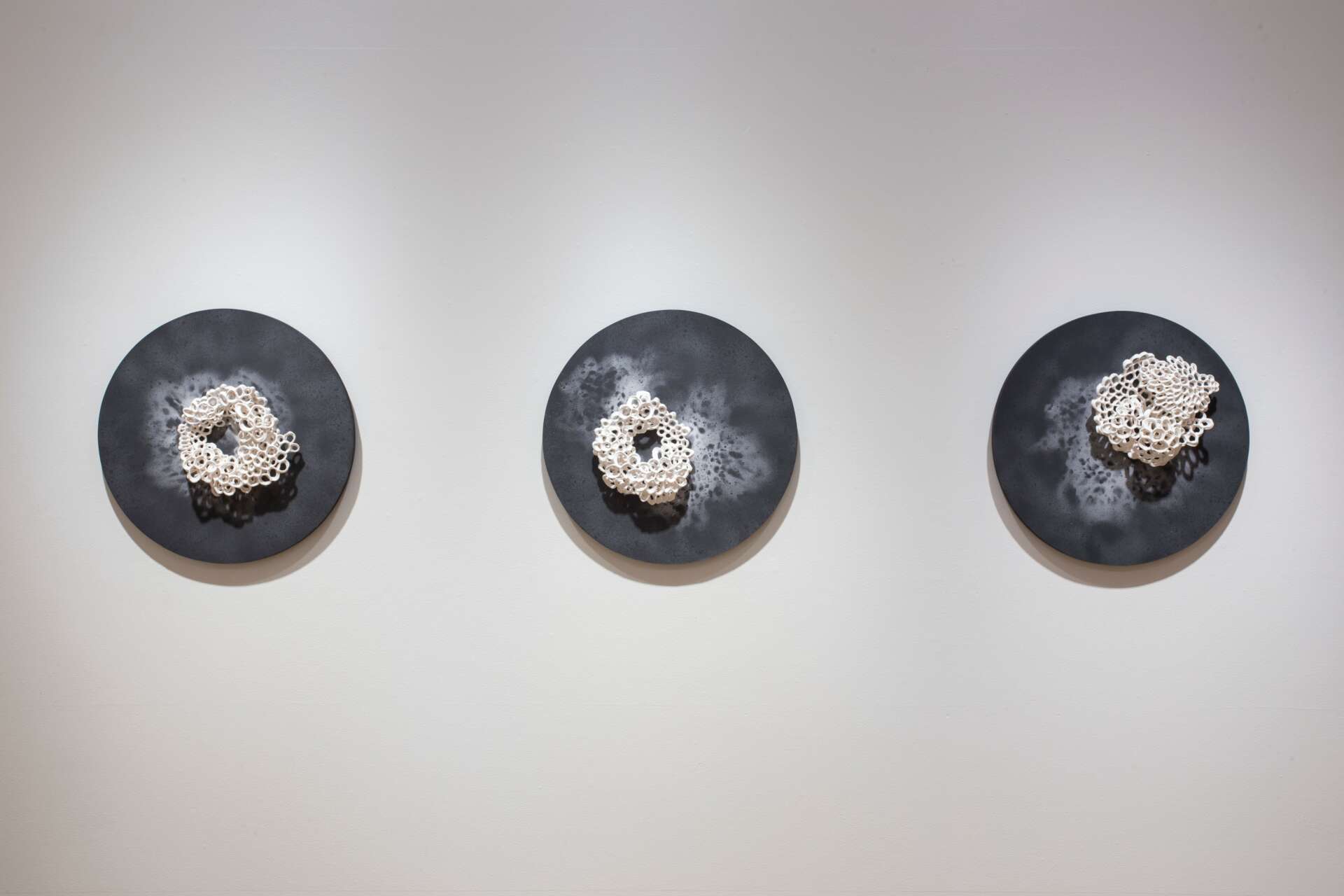

Great, appreciate you sharing that with us. Before we ask you to share more of your insights, can you take a moment to introduce yourself and how you got to where you are today to our readers.
I’m Shiyuan, a ceramic artist originally from China. I spent the past ten years working and living in various parts of the US and establish myself as a professional artist. Currently, I travel between US (Chicago) and China for different programs and opportunities.
When I was a kid, I never thought I would become an artist. Long story short – I became an artist somewhat by accident. I went to one of the most prestigious art schools China Academy of Art in China for my undergrad. I wanted to study architecture or design initially, but ended up in the Ceramics Department. The training in the ceramics department is focused more on technical mastery back in my days, I gradually understood that clay is an earthy, flexible, and permanent material, and I can create anything out of it. I enjoyed my long studio hours working with clay, and wanted to explore more, so I decided to go to Grad school in the US, where my peers focused on developing their own methodology of practice, experiments and concepts and try to complete new bodies of work. That hardworking energy carried on after I graduated. I was determined to keep my studio practice and to continue developing my work. My professors in grad school Arizona State University, Susan Beiner, Kurt Weiser and Sam Chung are major role models for my career, who are all active professional artists and educators. I gradually became a professional artist without fully knowing it.
Since graduated from the grad school I was awarded several artist-in-residency programs across the US. These opportunities were crucial for my career development to keep focusing on my own studio practice, creative work and being active in the field of Ceramics. I was the recipient of 2021 NCECA (The National Council on Education for the Ceramic Arts) Emerging Artist and 2017 Ceramics Monthly Emerging Artist. My work has exhibited nationally and internationally, which includes US, UK, China, South Korea and Slovenia, and my work has been added to the public permanent collections at San Angelo Museum of Fine Arts, Archie Bray Foundation, Korea Ceramic Foundation and the National Museum of Slovenia and numerus private collections. Meanwhile, I have been teaching the whole time alongside my practice, to share my knowledge, techniques and my own stories with various groups of students in colleges and art centers.
In terms of my work, I love nature! My ceramic sculptures draw inspirations from the microscopic phenomena ranging from single-celled organisms in the ocean to the diverse plant’s seeds on the land, to cells, the building blocks of all life form. My fascination with shapes, patterns, structures and textures of these microorganisms stimulates my creation. I reinterpret these visual elements into sculptural forms revealing the intricacy and fragility of the hidden world. My current pieces emphasis on the structures of the microorganisms. I see the structure of these microorganisms is trace of their growth and evidence of internal and external force. It is about movement, time and space. It records the way they move and grow, and the way they respond to the surrounding environment by interacting, altering, evolving and adapting to generate infinite new forms.
I hand-build structures with porcelain paperclay and use unconventional processes to apply glazes. My work blends fragility and strength, merging simplicity with complex. The history of porcelain and traditional Chinese glaze colors are rooted in my practice. The structures and colors are intertwined with memories of my personal experience in navigating dual cultures. They mirror life’s subtlety, echoing my own journey and roots.
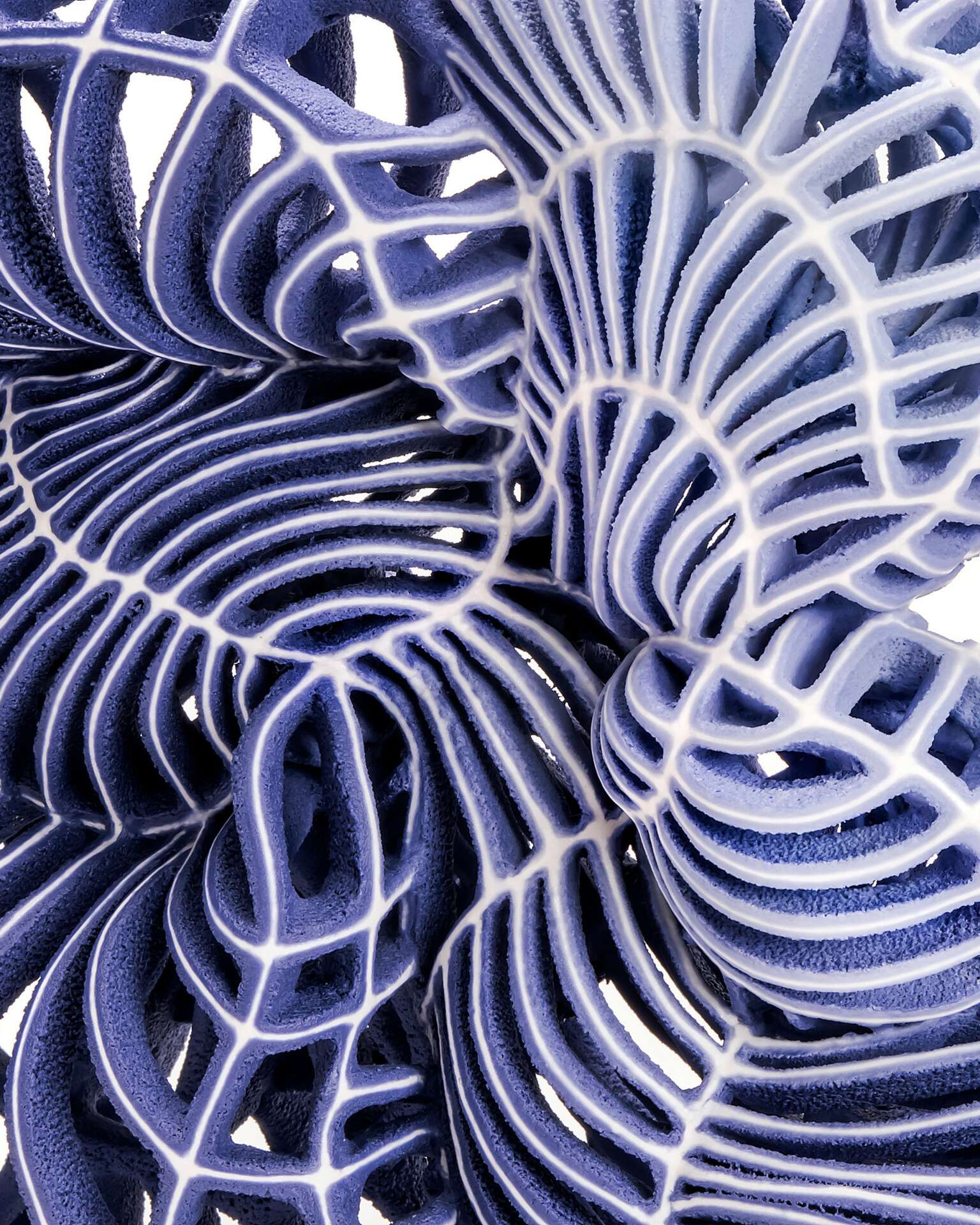
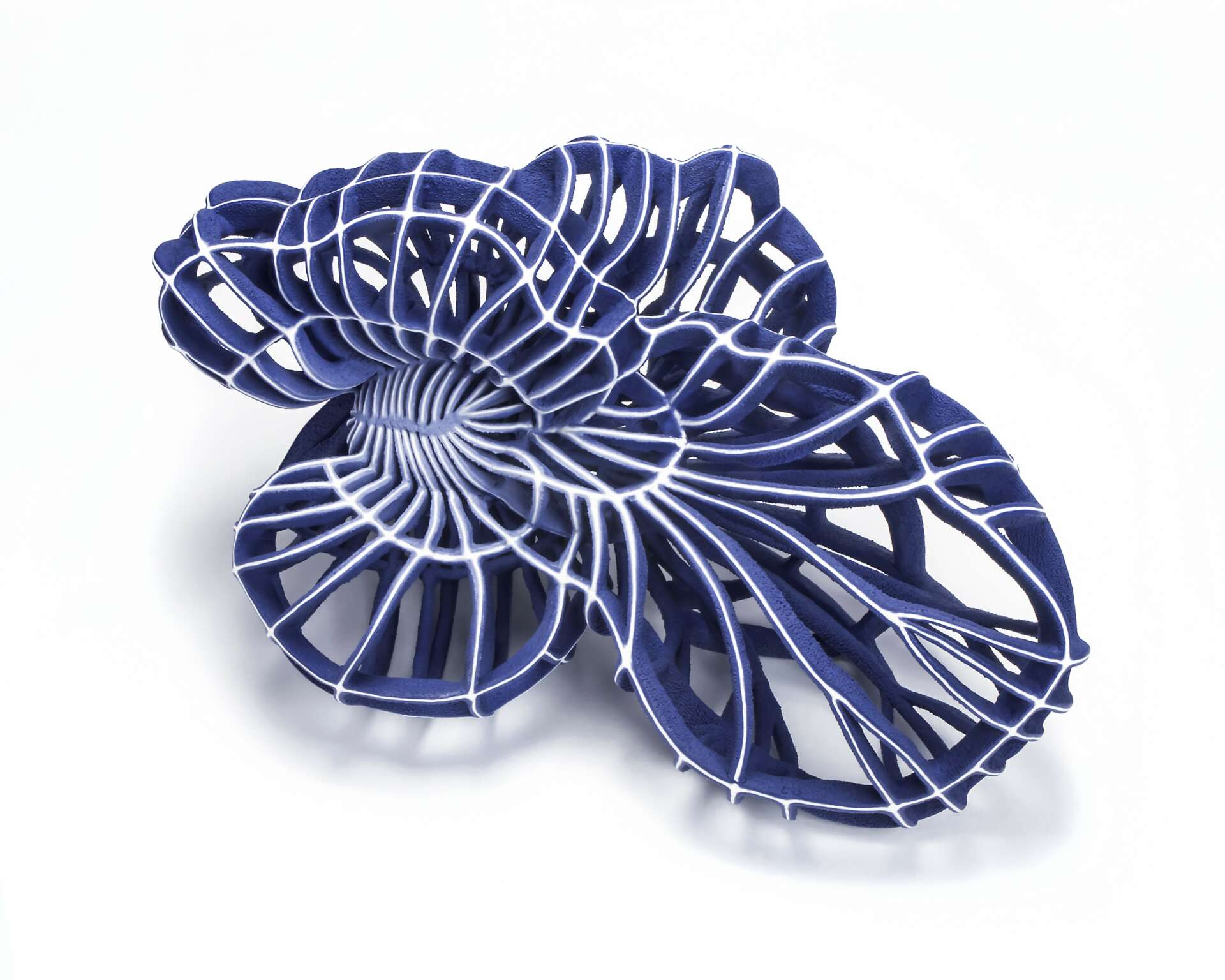
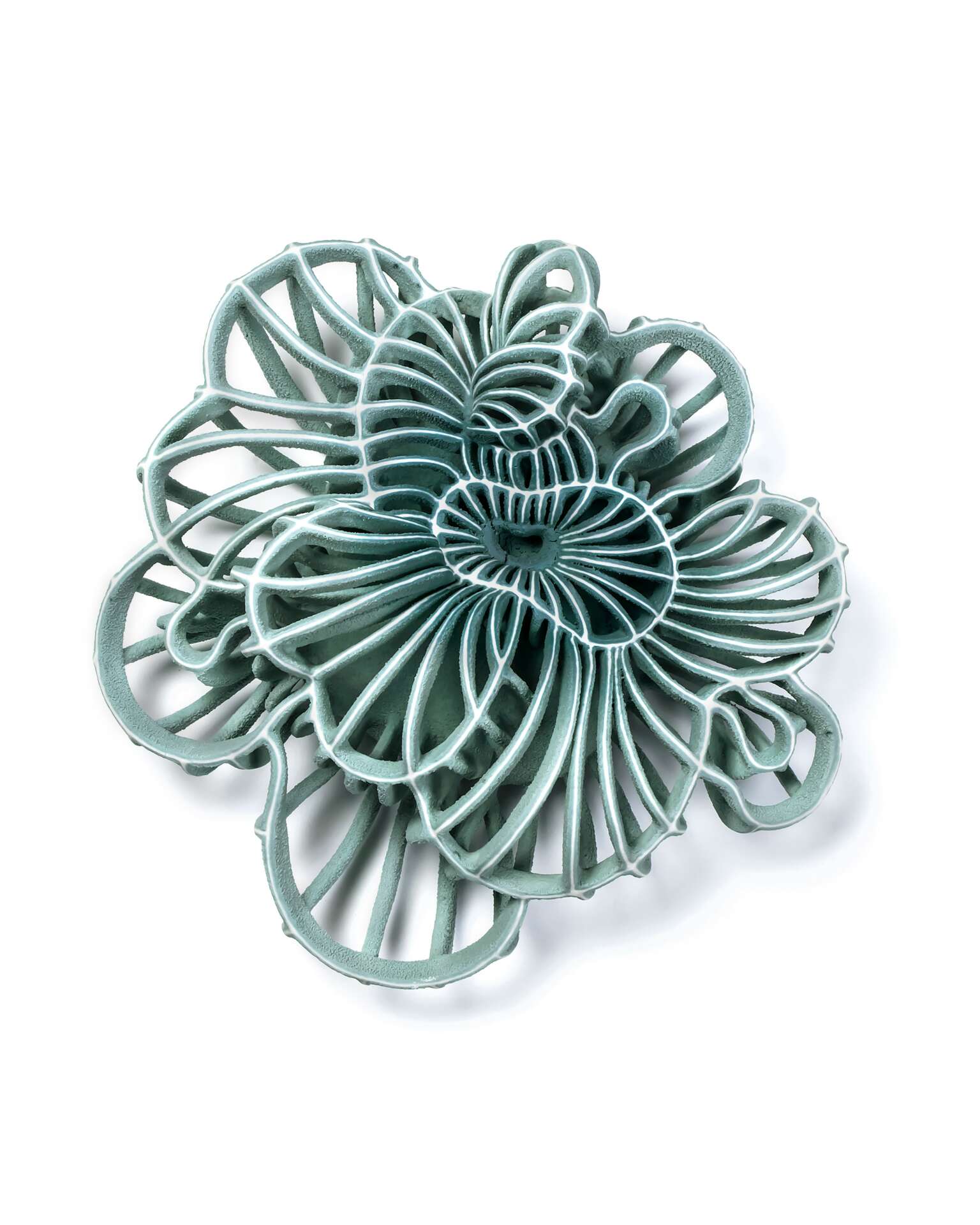
What can society do to ensure an environment that’s helpful to artists and creatives?
I believe it is crucial for society to establish a support system for artists and all creatives. This support can manifest in various ways. As I approached graduation from grad school, I became aware of numerous non-profit organizations and foundations in the US dedicated to assisting artists at different stages of their careers. Examples include artist-in-residence programs, awards, grants, and open calls for exhibition proposals in gallery spaces, etc. These resources provide artists with opportunities to gain exposure, reach a wider audience, secure financial support for projects, and establish connections with fellow artists, curators, and collectors, thereby advancing their careers. However, competition for these opportunities is intense. As an artist, having greater access to such resources would allow me to concentrate more on my art.
On an individual level, there are ways to support artists. Financially, if feasible, the most effective method is to purchase artists’ work to demonstrate support. This enables artists to sustain a healthy studio practice, create more work, and develop future projects. Additionally, acknowledgment, encouragement, and positive feedback from audiences or the public can significantly boost our confidence. Simply expressing appreciation for our work and sharing it with more people can be immensely beneficial.
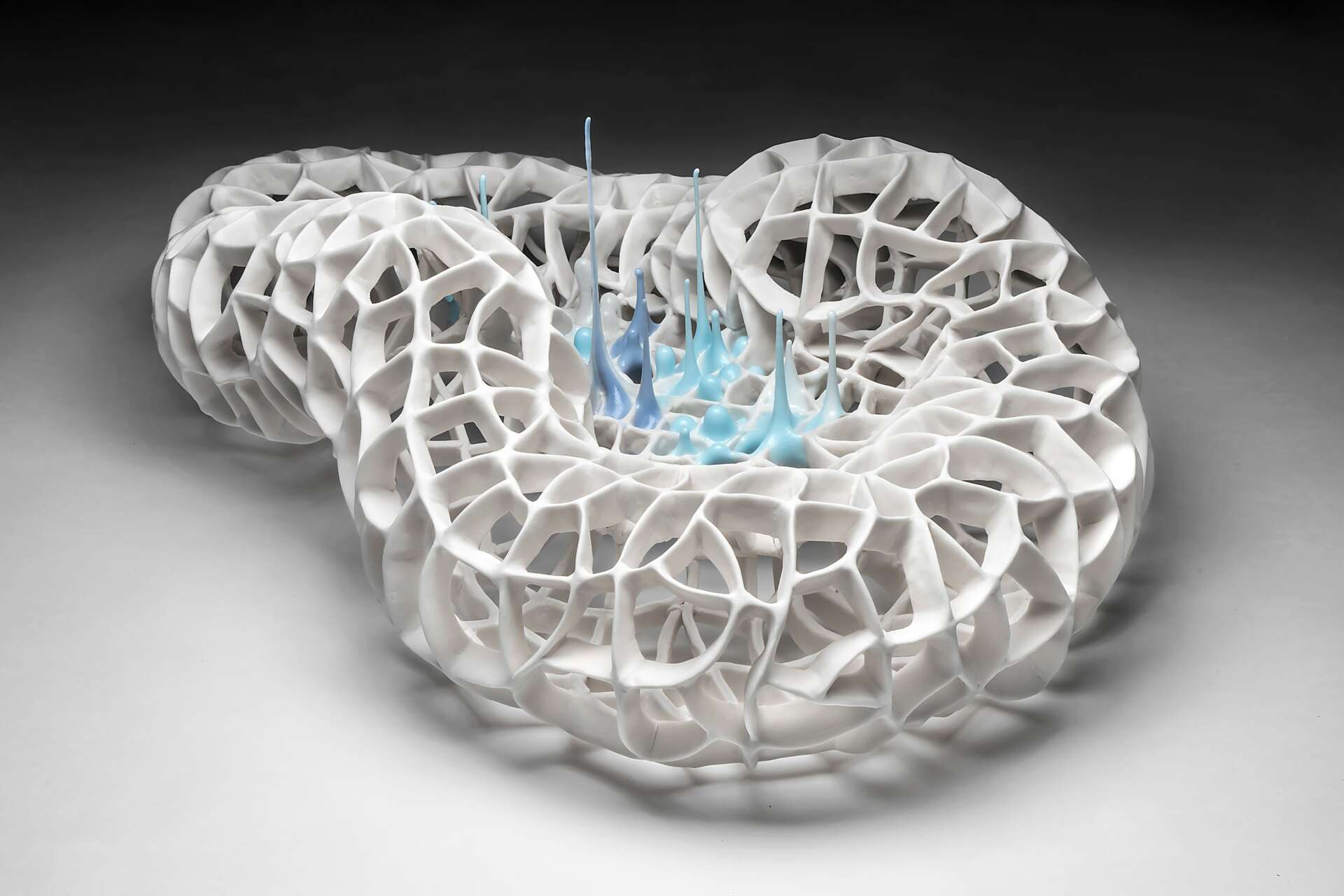
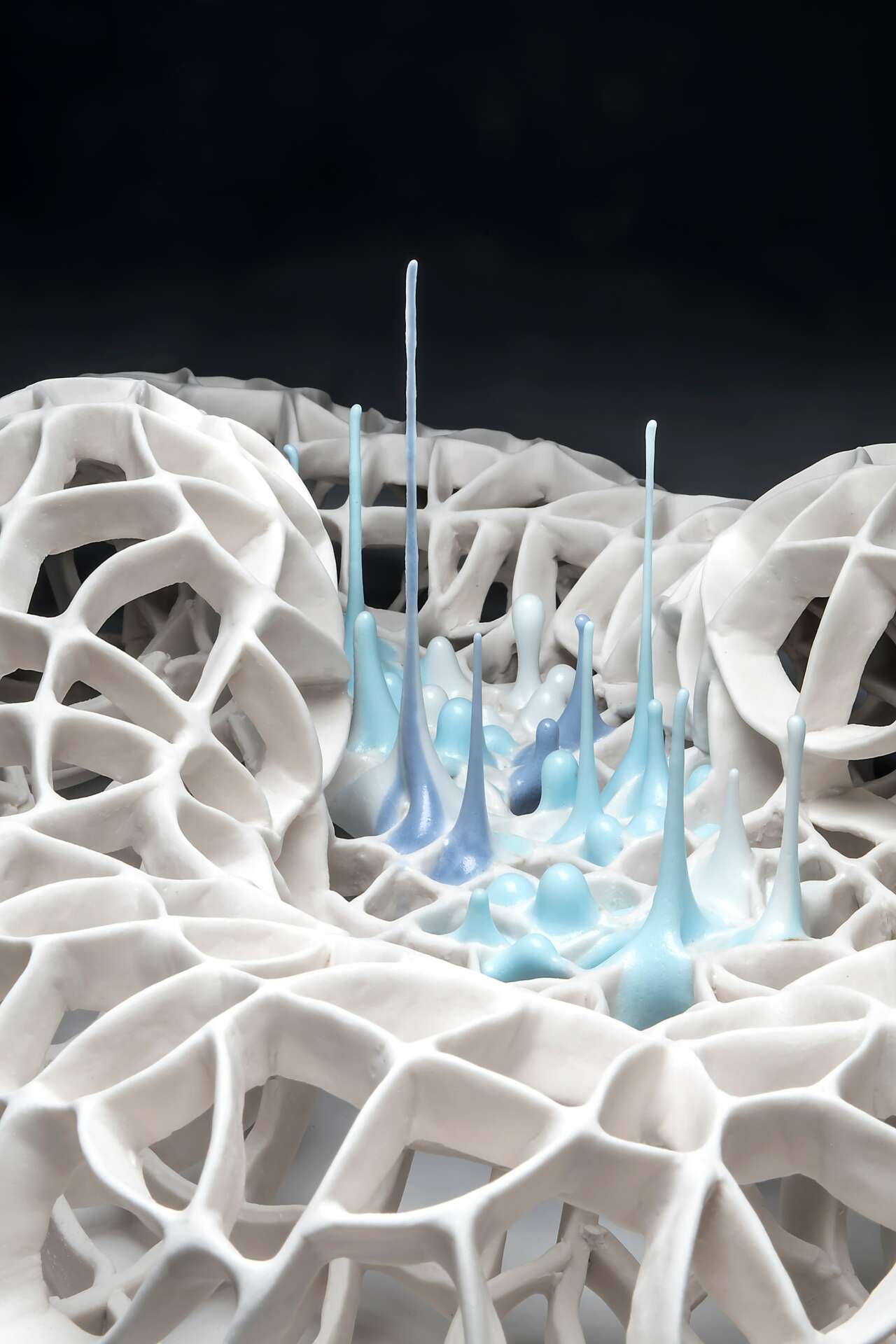


Looking back, are there any resources you wish you knew about earlier in your creative journey?
I wish I had understood the influence of social media and the business aspect of my creative journey much earlier. Looking back at my school days, our emphasis was primarily on honing our artistic skills, with little consideration for viewing our art practice as a business. It has taken numerous lessons, and I am still in the process of learning to consistently engage on social media, sharing updates from my studio, understanding the strategies for promoting my art globally, and managing the administrative aspects. Being an artist really involves multitasking.
Contact Info:
- Website: www.shiyuanxu.com
- Instagram: shiyuanxu129
Image Credits
Photo credit: Guy Nicol, Aaron Paden.


